The history of urban development in Birmingham, Alabama, is a fascinating and complex story that has been shaped by various factors such as industrialization, racial segregation, economic shifts, and demographic changes. Here is an overview of the city’s urban development history:
- Early Settlement and Industrialization (19th Century):
- Birmingham was founded in 1871, and its growth was largely driven by its strategic location near rich deposits of iron ore, coal, and limestone. This proximity to valuable natural resources played a significant role in the city’s industrial development.
- The city rapidly became an industrial hub, with the iron and steel industry dominating the local economy. The establishment of furnaces, steel mills, and mining operations spurred population growth and urban development.
- Racial Segregation:
- Like many Southern cities, Birmingham had a deeply segregated society during the Jim Crow era. Racial segregation was not only enforced in public spaces but also extended to housing, education, and employment opportunities.
- Birmingham was known for its strict racial segregation laws, which contributed to the development of separate African American neighborhoods.
- Civil Rights Movement:
- Birmingham played a prominent role in the Civil Rights Movement of the 1950s and 1960s. The city witnessed numerous civil rights protests and demonstrations, including the famous Birmingham Campaign in 1963.
- These events contributed to the national debate on civil rights and were pivotal in dismantling segregation laws and practices.
- Post-Industrial Era and Economic Challenges:
- The late 20th century saw a decline in the city’s industrial base as the iron and steel industry contracted. This economic shift resulted in job losses and a changing urban landscape.
- Birmingham faced the challenges of urban decay, suburbanization, and population decline as residents moved to the suburbs and the city’s core experienced disinvestment.
- Revitalization and Urban Renewal:
- In recent decades, Birmingham has embarked on efforts to revitalize its downtown and historic neighborhoods. The city has invested in infrastructure improvements, cultural amenities, and redevelopment projects.
- Regions like the downtown Loft District and Avondale have seen a resurgence of interest, with new businesses, restaurants, and entertainment venues contributing to urban renewal.
- Contemporary Urban Development:
- Birmingham continues to evolve as a diverse and vibrant urban center. Redevelopment efforts are ongoing, and the city’s cultural scene, educational institutions, and healthcare facilities are contributing to its resurgence.
- The city faces ongoing challenges related to economic disparities, education, and infrastructure, which are areas of focus for urban development efforts.
Birmingham’s urban development history is marked by both significant achievements and enduring challenges. Its transformation from an industrial powerhouse to a modern, diversified urban area reflects the broader trends and shifts experienced by many American cities over the years.

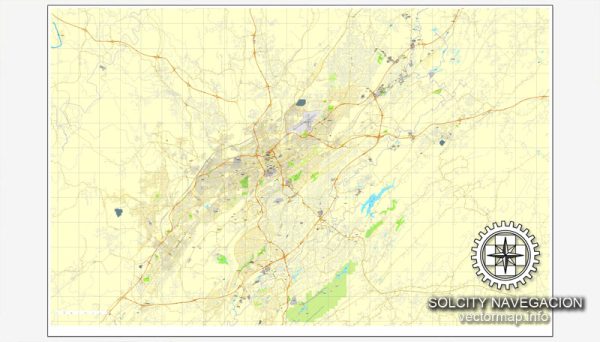
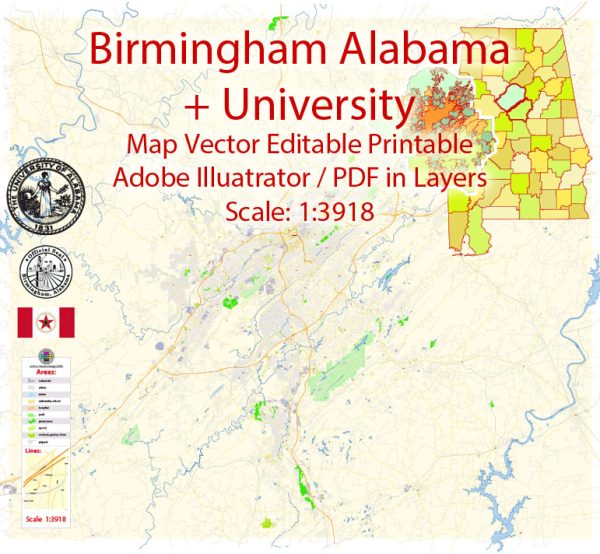
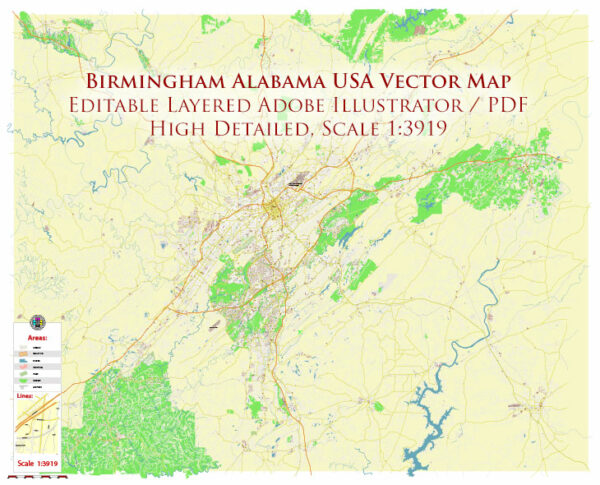
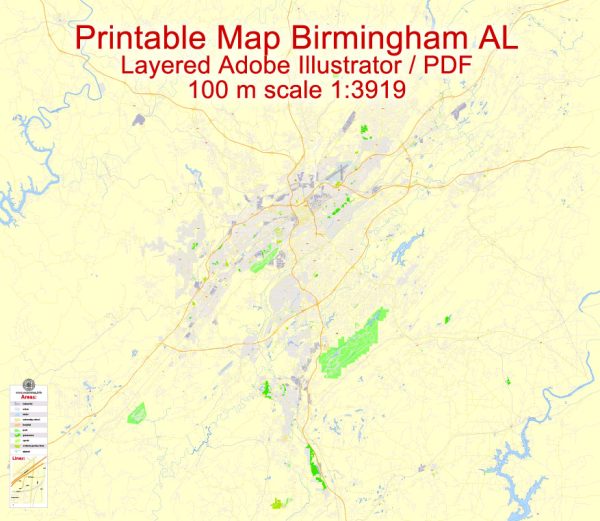
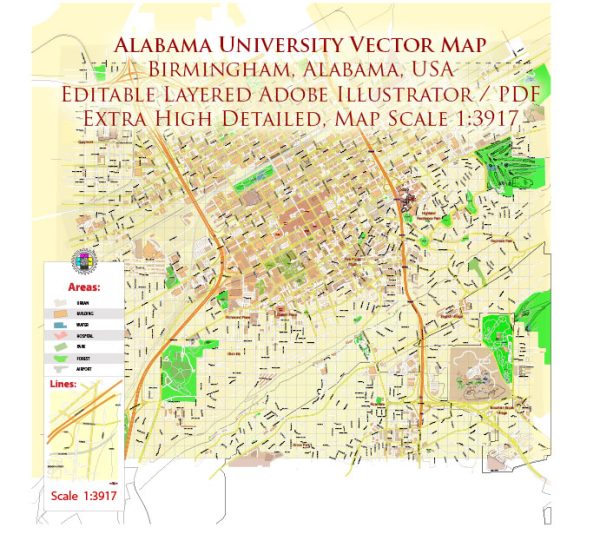
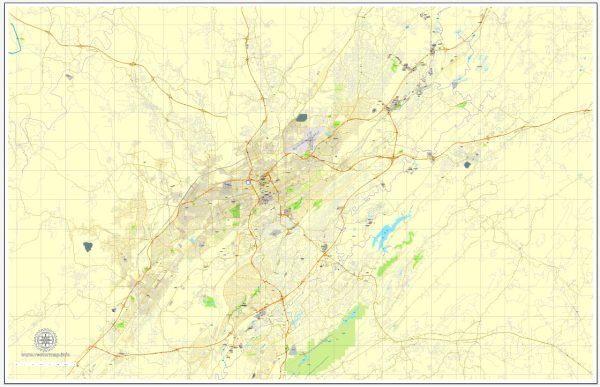
 Author: Kirill Shrayber, Ph.D.
Author: Kirill Shrayber, Ph.D.